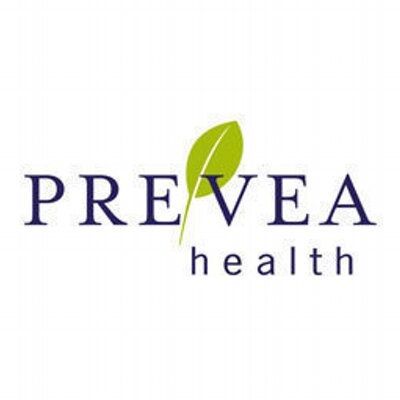Top Tips on Preventing Breastfeeding Engorgement
 It is a common fact that with having a child, a woman’s body will experience quite a number of changes. From pregnancy to the postpartum period, a lot of new processes and conditions naturally take place, making the new mother better equipped to raise her child. One of the most common puerperal condition mankind knows about is breastfeeding engorgement.
It is a common fact that with having a child, a woman’s body will experience quite a number of changes. From pregnancy to the postpartum period, a lot of new processes and conditions naturally take place, making the new mother better equipped to raise her child. One of the most common puerperal condition mankind knows about is breastfeeding engorgement.
As the body of a new mother will prepare itself for nursing the newborn, it will immediately produce colostrums, or the sticky, yellowish liquid that provides the baby effective protection against most infections and the essential nutrients needed to keep the child healthy.
Soon, the colostrums will develop into mature milk, which is also the usual time when the engorgement happens, as the milk would cause some swelling to the breasts by crowding the veins. However, the condition is not only exclusive to this instance, because aside from this, engorgement can also happen when the mother missed a number of nursing or when she wasn’t able to expel enough amount of breast milk.
This is why some think that breastfeeding engorgement is a normal thing for new mothers around the world. Sure, lactating is normal, but the swelling can make the women prone to infections and other complications.
So, to ensure the health of the newborn child, it would be wiser to take precautions to avoid and prevent the condition altogether. To do this, here are some medically approved ways suggested by doctors and health specialists:
Nurse often. By nursing the child in an interval of not more than three hours regularly, including the night feedings, the mother will surely be able to express the right amount of milk she produces normally. This, in turn, will ensure that the baby will latch on fittingly and will prevent milk from crowding the veins in the mammary glands, thus preventing swelling and the overflowing of breast milk.
Pump or massage the breast while feeding. By applying a certain amount of pressure on the breasts while nursing, one can give a hand on the faster and easier release of the milk, alleviating the engorgement in turn.
Deal with the pain and discomfort. If engorgement has already taken place, dealing with the pain would be a great idea before you nurse. By dealing with the pain right away, the mother wouldn’t have to be surprised with how much more discomfort the baby’s latching can cause her, making her more ready to feed the little one.
Manually drain the affected breast if there’s still some milk left after feeding. This way, the next batch of milk will not be crowd what was left from the last feeding. You can either stimulate the release of milk by splashing some water on the overflowing breast or by massaging it softly to get the remaining milk out.
There are a lot of ways you can deal with breastfeeding engorgement, but for you and your baby’s safety, make sure to get only the most reliable info from reputable resources to avoid any health risks.
